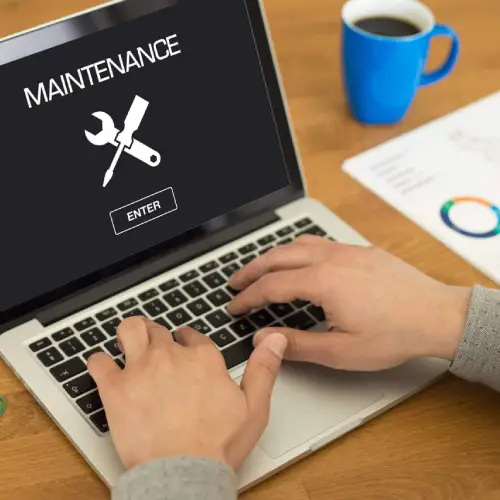After launching a website, the owner should not forget about it. Websites do not grow and draw visitors on their own; they require continuous upkeep to function. The greatest method to keep a site alive is to provide fresh evergreen content while also ensuring that your site performs and navigates effectively with a regularly updated website maintenance job list. Here are some of the most crucial website maintenance tasks to maintain it in peak condition.
Create regular backups of your site
A duplicate of your website must be saved somewhere other than the server where it is hosted. Having a backup, especially if you make frequent updates, guarantees that your site is not destroyed during a power outage or by a hacker. Do not rely on your host’s backups.
Publish New Content
There are several reasons to continue developing fresh material for your website regularly. It not only helps to increase your search engine rankings, but it also provides fans with reasons to return to your site. It’s also a good idea to check over previous content and see if it can be improved with fresh information.
Include Visuals to Make Pages More Attractive
The last thing anyone wants to see on a website is extensive pages of little content with infinite scrolling. If you still have these sorts of pages on your website, consider using some vibrant graphics. Text may be made more legible by increasing the font size.
Test Loading Speed
One of the most important website maintenance tasks is testing web pages to ensure they load promptly. Nowadays, online visitors give pages only a few seconds to load before losing interest. If your website is full of slow-loading pages, it might reduce visitors. Pages load faster when they are not slowed down by massive file sizes or complicated web applications.
Fix dead links and errors
Test your links to ensure they lead the user where they are supposed to go. External connections are challenging since a developer may modify website links without alerting anyone. It’s also critical to ensure that all of your internal links function properly. Broken links can result in 404 problems, which are frustrating for users who see “page not found” notifications. Screaming Frog, an SEO tool, may identify similar problems.
Check the search rankings
Use search engines to determine how well your keywords rank, as they generate the majority of online traffic. If your pages do not appear, even for the most esoteric terms, you could boost your SEO by rethinking your page names and content.
Test Browser Compatibility
Users see various versions of your website depending on the browser they are using. Check out all of the different browsers (Chrome, Safari, Firefox, etc.) and ensure that your site appears well on all of them. Responsive web design is typically a solution that works across all browsers and devices.
Analyze Your Statistics
Finally, Google Analytics or whatever stats software you use provides evidence of how successfully your site communicates with your target audience. Key statistics to examine are the average number of unique visitors each day, your audience’s location and demographics, page views, how long people remain on your site, and click-throughs vs conversions.
Your website maintenance work list will be expanded by applying statistical analysis to generate fresh material that may increase the number and quality of your traffic. Consider market gaps that aren’t being filled by your competition by brainstorming with your team to discover new niches.










